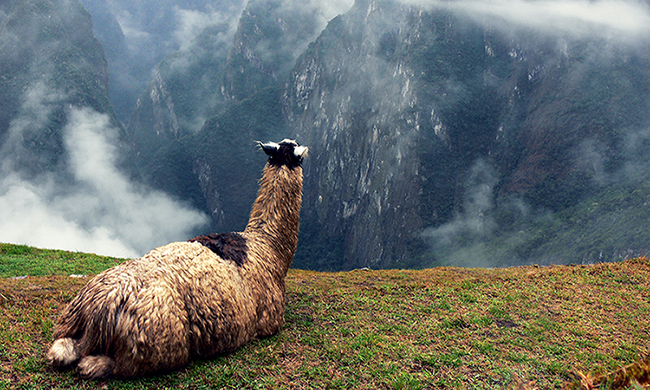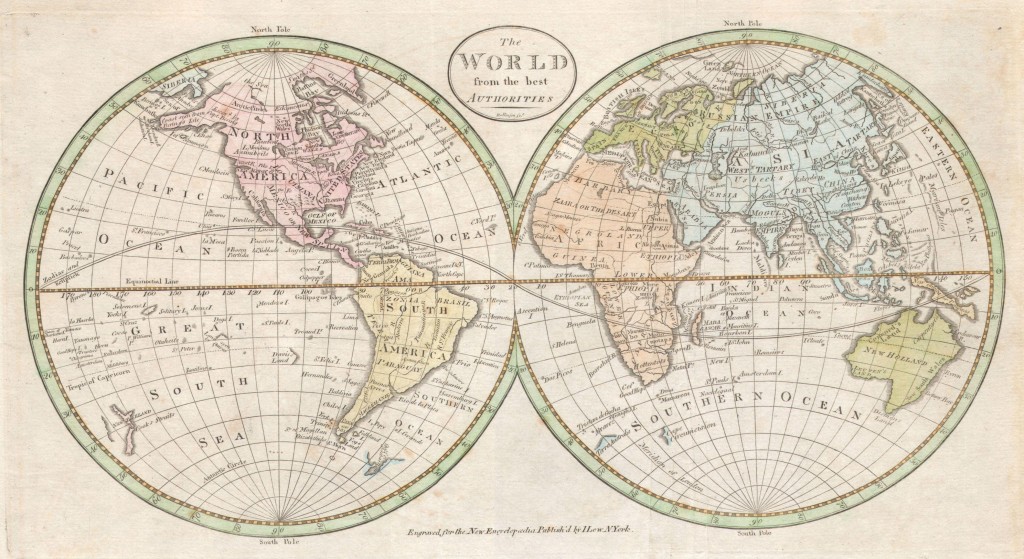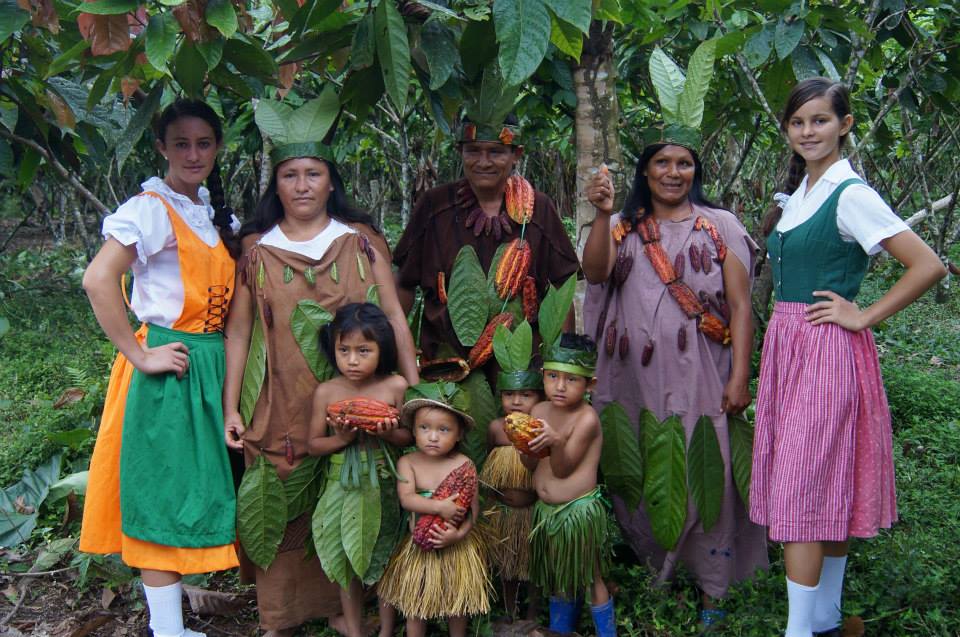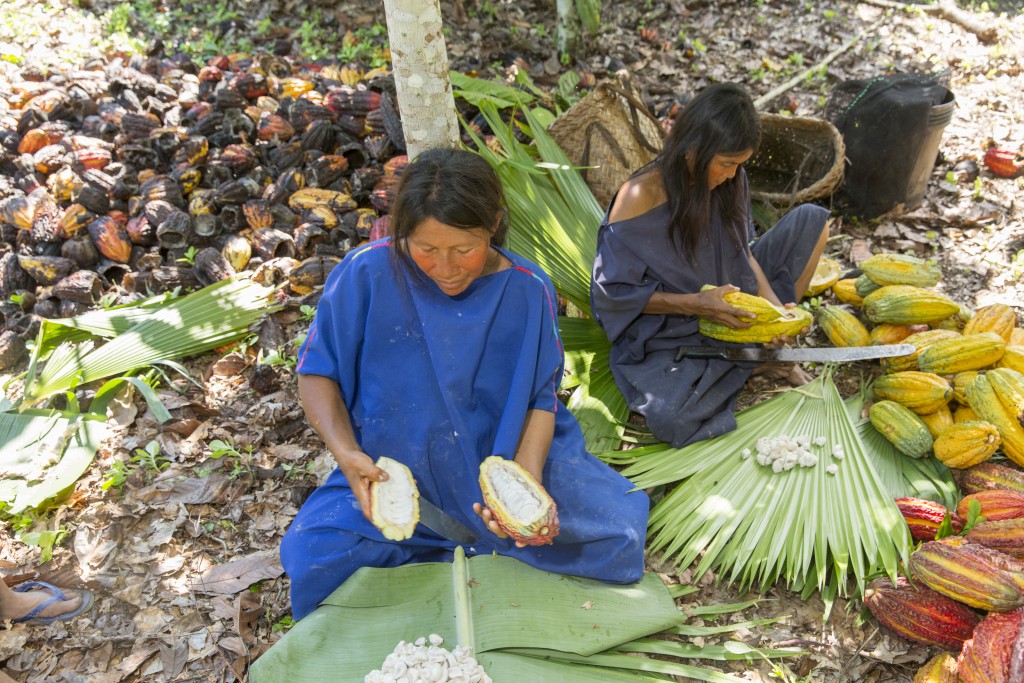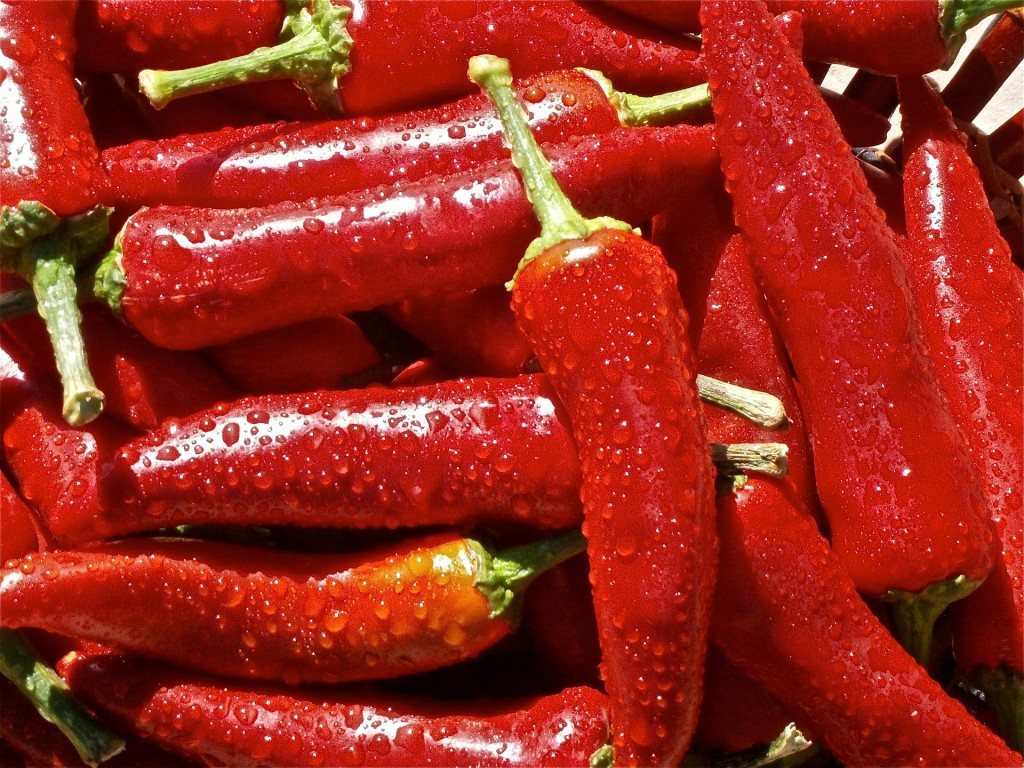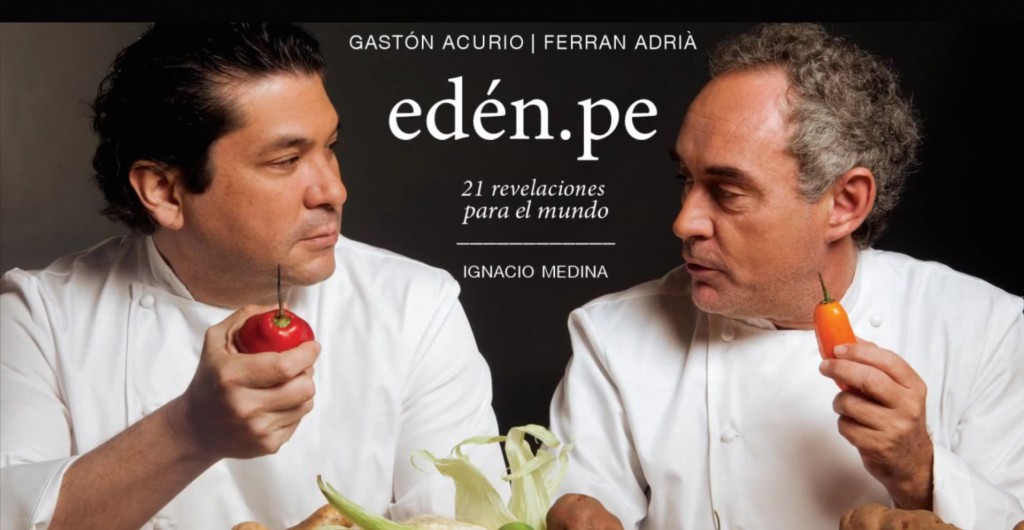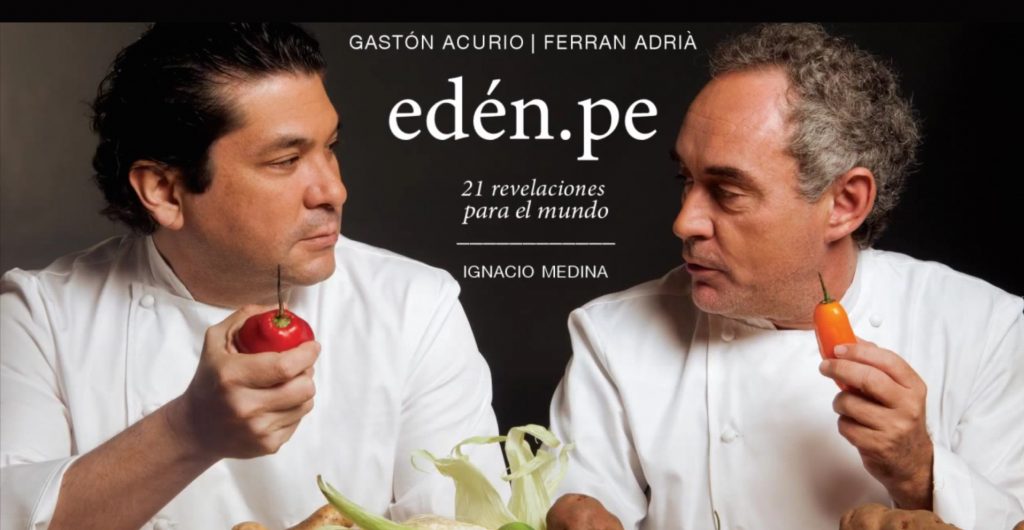Tourists returning from Andean South America will usually sport some sort of “alpaca item”: gloves, sweaters, hats, socks, all with pre-columbian-style designs, inevitably including the form of an alpaca. However, buyers rarely glimpse the truth behind this iconic industry—that the alpaca as well the artisans who work with a centuries-old tradition are in peril. But, like in centuries past, alpacas fit perfectly into the Andean environment and the needs of our modern lifestyles. Thanks to the efforts of two Ecuadorian initiatives, it is reappearing, […]
Read More… from Alpaca: Sustainable Futures from Past Cultures
